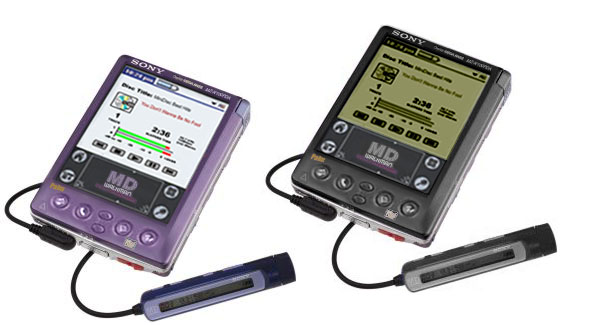Barry Harris Harmonic Method For Guitar Pdf
This is NOT just another jazz guitar book, of which you probably already own dozens, most rehashing the same topics. In science there is the old adage that a theory works until it doesn't. What I mean is that a theory works for a while, but as our knowledge progresses, that same theory becomes bogged down with more and more addendum and exceptions to keep it in agreement with known reality. Eventually the theory is so cumbersome that it is replaced with something simpler and more functional, more in agreement with reality. This brings us to jazz where we still talk about the V7 chord of a particular key even if its a G7 flat 9 flat 13 or some other form of G alt. None of the notes one plays are in the key of C or even in the chord G7, but we still try to force it into our little universe that says everything is a ii, a V or a I of the key we are in. And our theory then says we need to the play the 7th mode of the melodic minor scale built a half step above the root of the dominant chord.

Barry Harris method will I'm sure be of great value to. Alan Kingstone's 'The Barry Harris Harmonic Method for Guitar' is.  Available as pdf downloads on my.
Available as pdf downloads on my.
Does this start to sound like a cumbersome and outdated theory for working in real time as a musician? This is where Barry Harris comes in.
If you had to sum it up, his viewpoint is that the prison of ii-V-I is too static and confining, that jazz and all music should be about motion, even when the chord chart says the harmony is static. I think of it as a choice you have when planning a trip. You could board a jet plane at point A, zone out for a while in the generic looking cabin, step off at point B to take in a meal and a concert, and then fly on another generic jet where you zone out for another 2 hours before reaching point C for some more site seeing. Or in Barry Harris's concept you could choose to take a road trip instead, experiencing the gradual transition from point A to B to C, taking small steps and stops along the way (Barry says 'focus on small chords'), enjoying the journey, not just the destinations.
Here you can download brian eno ambient 3 shared files: Brian Eno - Ambient 4- On Land.zip from 4shared.com 98.05 MB, Brian Eno - Ambient 4 - On Land.rar from mega.co.nz 100.75 MB. Brian eno ambient 3 zip.

Barry Harris Diminished Theory Pdf
So in a practical sense, where does that leave the jazz musician? Well if you yearn to weave intricate harmonies rather than just bash out ii, V and I chords, then this method gives you the simple harmonic relationships to start making music on the fly. The book doesn't present a new harmony, but a new way of seeing jazz harmony beyond the confusion of 'well it doesn't have any notes in the key of C or in the chord G7, but we'll call it a G7 in the key of C anyway because it sort of functions that way.' Instead you'll learn that almost any chord can be thought of as a related maj6 or min6, that each min6 or maj6 has an accompanying diminished 7 made up of the remaining 3 diatonic notes not in the 6th chord itself plus one extra note, that the two chords come together to form an 8 note bebop-like scale, and that this scale can be harmonized alternating between the 6th chord and its related diminished 7 chord. You'll learn that all of the voicings in that harmonized scale will work over the chord and that you can create new voicings on the fly by borrowing notes between the 6th chord and the diminished chord as you move between them in tension and release.
Lastly you'll learn that any dominant chord has a parent diminished chord and that the 3 parent diminished chords each forms 4 dominant chords by lowering one note and that any of these 4 dominants can be substituted over any of the 4 related dominant roots to form various 'alt' forms. In other words, stop thinking in terms of an altered V chord that shares little in common with the key, and instead start thinking in terms of a parent diminished chord from which you can borrow any notes or chords you like to play over the root of a related dominant chord. With these simple relationships, one can now approach harmony in a non-static way, borrowing and passing through notes either within a moving harmonized 6th scale or from a dominant's parent diminished chord. All along the way, you'll create motion not only from ii to V to I, but also WITHIN each of those chords, AND you will understand what you are doing as you do it. I'll repeat: this is not new music, its bebop tried and true, but with a much more manageable system for the guitarist in terms of creative improv and comping on the fly. Its a bit like getting your first Apple computer.